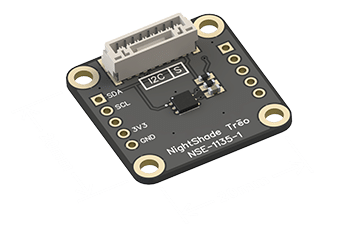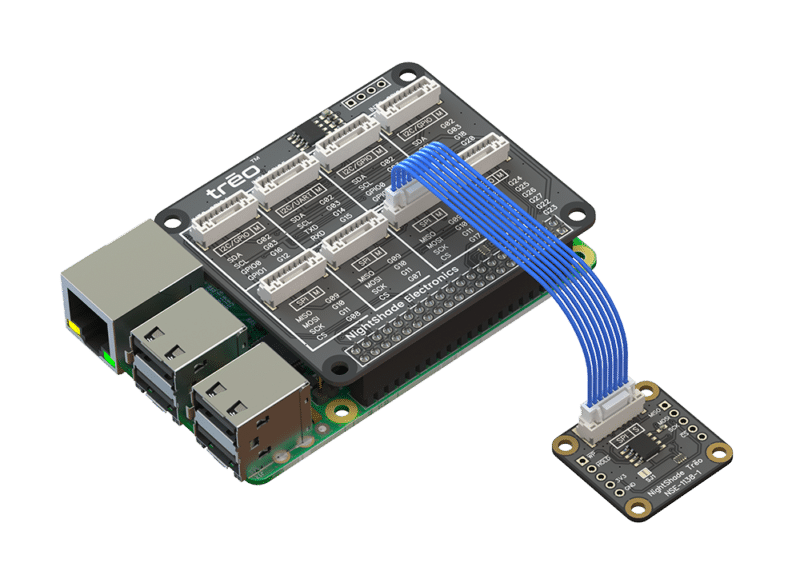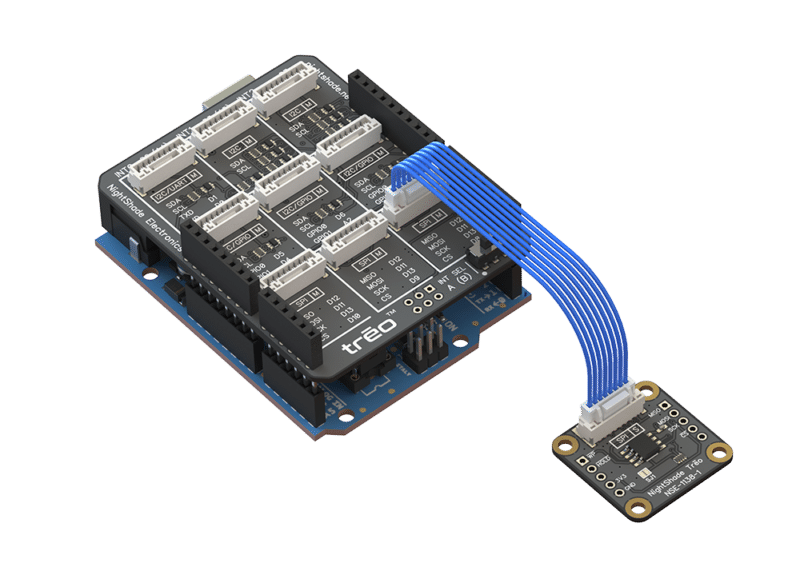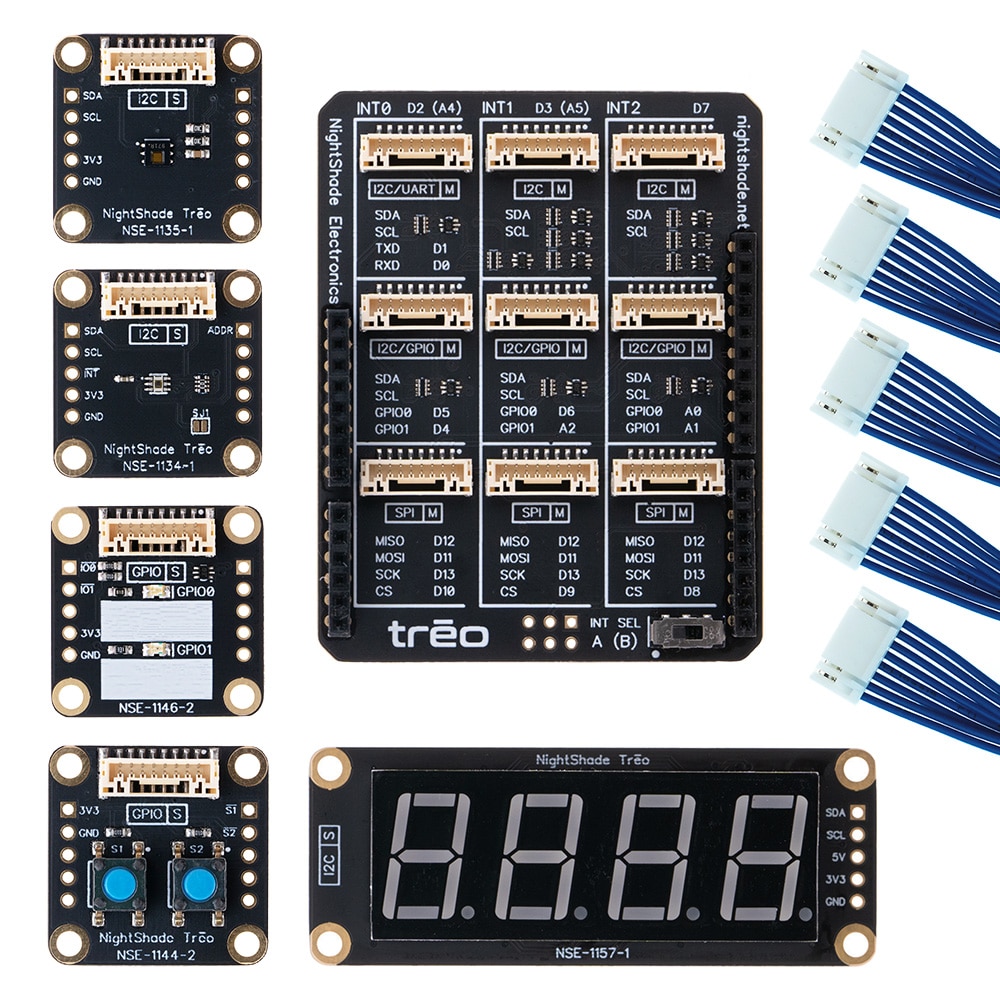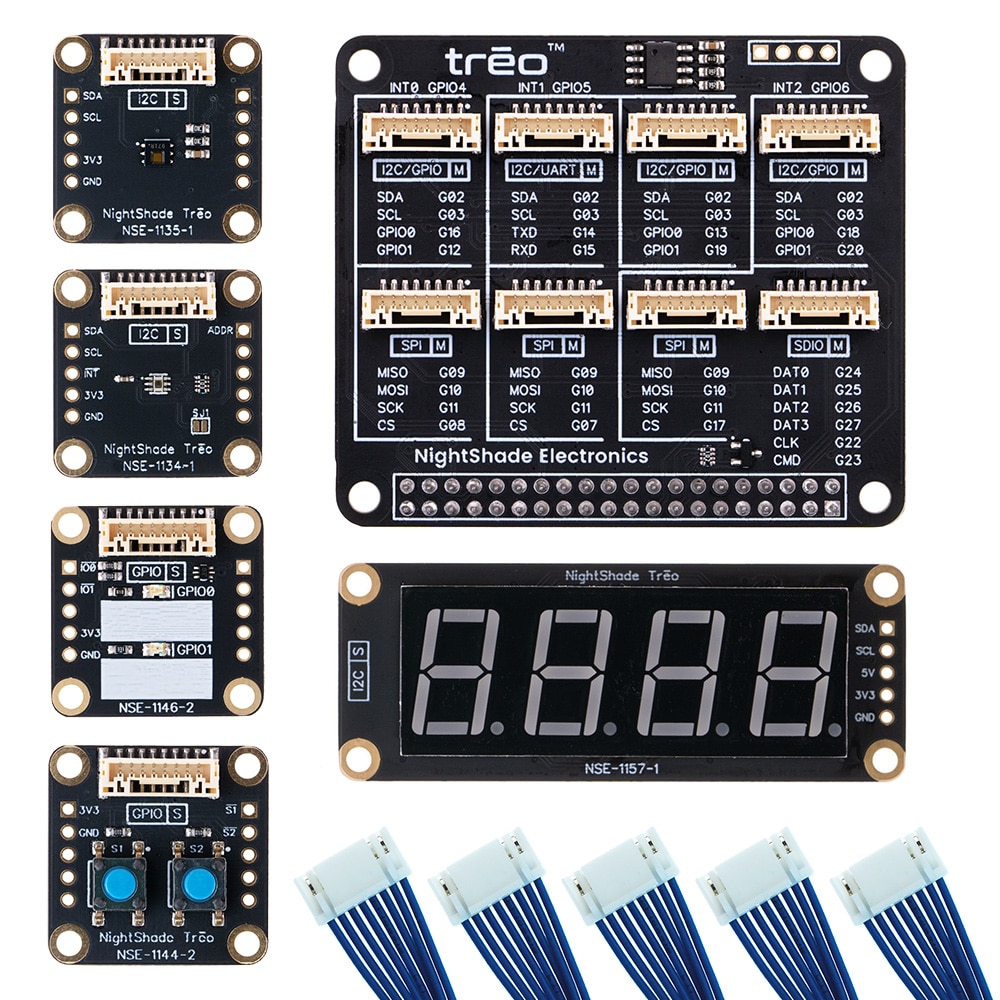Trēo (TREE-oh) is a system of electronic modules engineered with one goal:
Provide professionals and students with a better way to quickly develop electronics around microprocessor platforms.

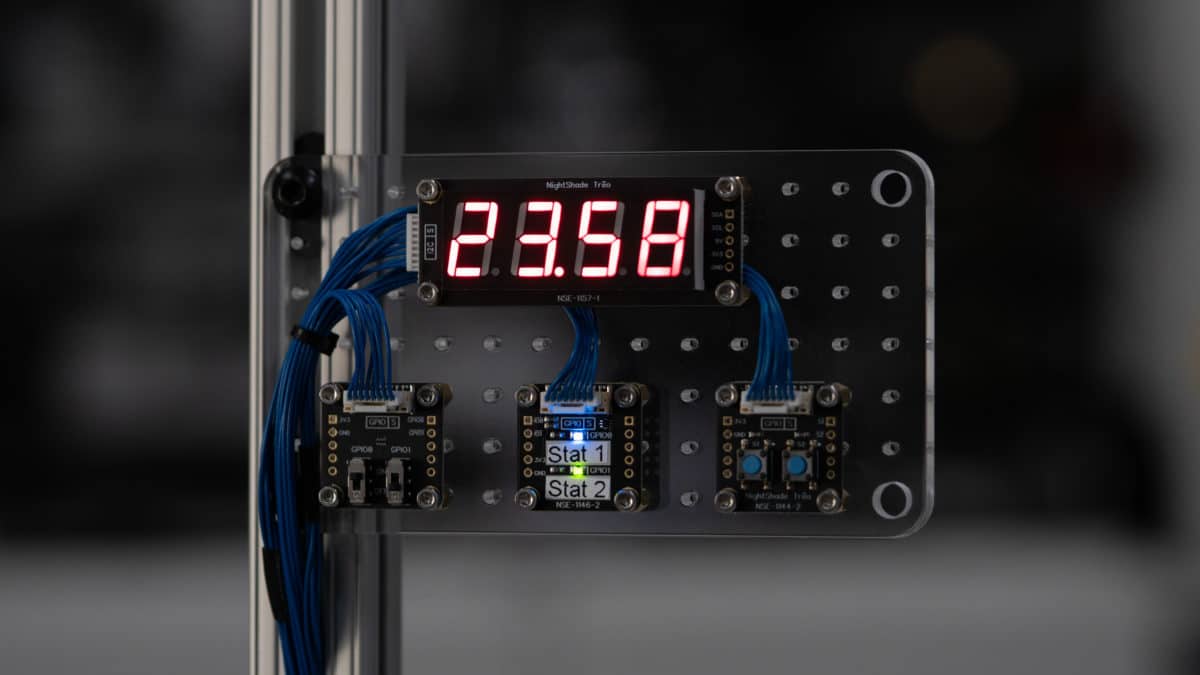
A Better Experience
Trēo provides excellent functionality out of every switch, IC, or display, without requiring you to design circuits or write drivers. This allows you to reduce development time without compromising circuit quality.
For users that wish to know more detail, thorough documentation allows you to know where every last signal is routed.
Standard Interfaces: The trio of Trēo
Trēo’s patent pending architecture allows hardware to work together seamlessly by using three standardized interfaces.
Mechanical
Electrical
Software
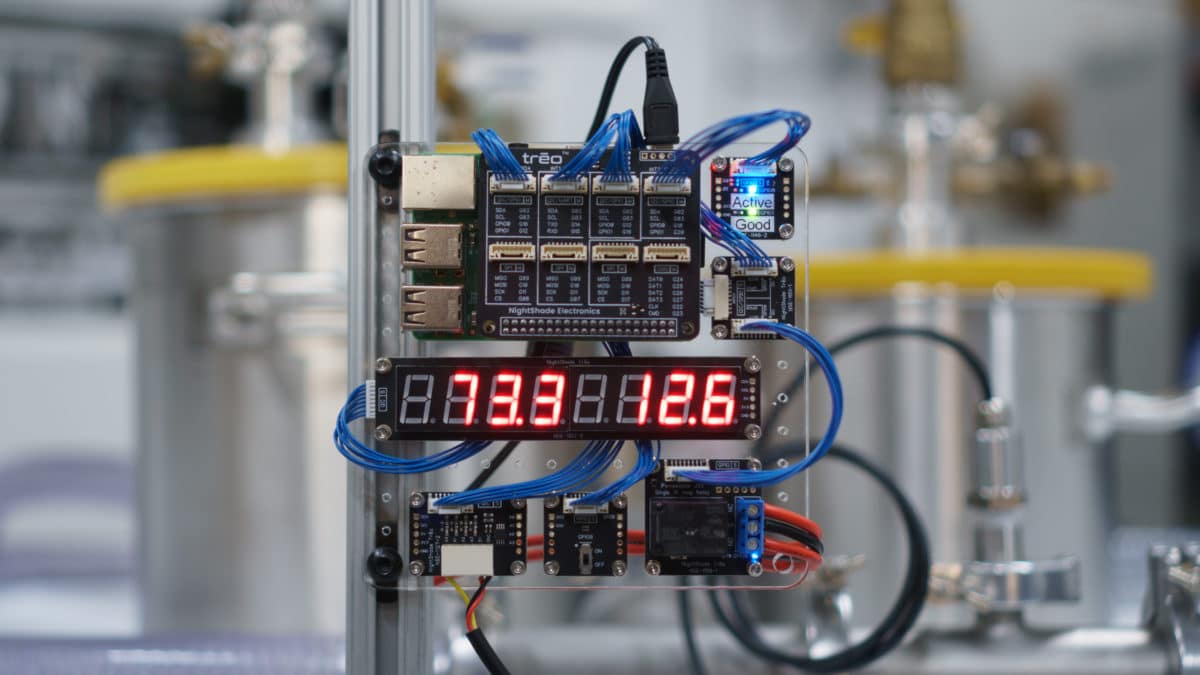
Cross-Platform Compatible
Trēo is fully cross-platform compatible with several of today’s most popular development platforms. See how below.
Trēo Adapters translate the hardware of a platform to the Trēo cabling system.
The Trēo Library provides a unified set of software commands.
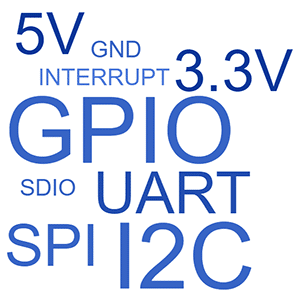
Electrical Performance
Trēo is designed to provide the most performance from each device. See how below.
Trēo’s Adapters and Cabling system support I2C, SPI, GPIO, and UART protocols, allowing Trēo modules to use the best chip for each application.
Dedicated interrupt signals allow for efficient system design. They provide supported modules the ability to alert the Main processor of new data, avoiding the need for polling.
With 3.3V and 5V supplied to every module, a wide range of devices can be supported.
Trēo Software API
Trēo’s software API provides a unified set of commands across all supported development platforms and languages. See the example below which reads a temperature sensor and displays the data on a display, written in differed IDEs.
Arduino IDE
Python on Raspberry Pi
C++ on Raspberry Pi
Typical Trēo Applications

Product Development
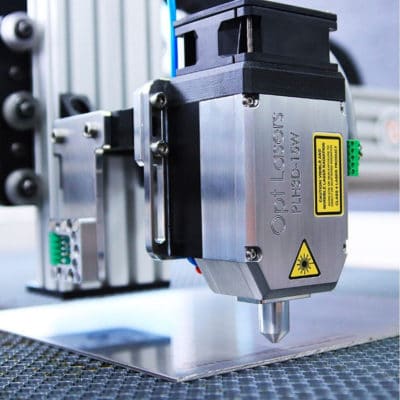
Robotics

Data Acquisition



